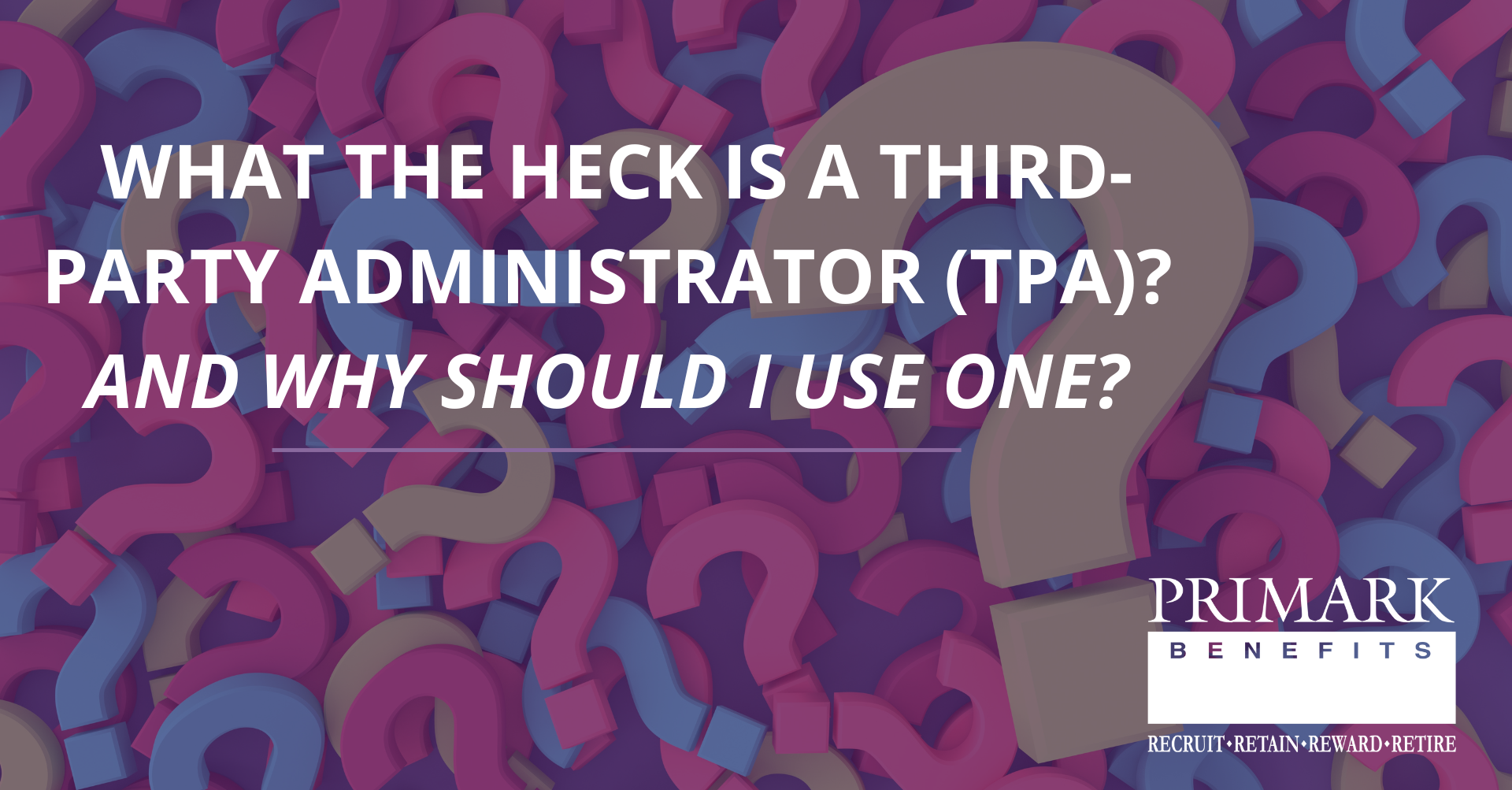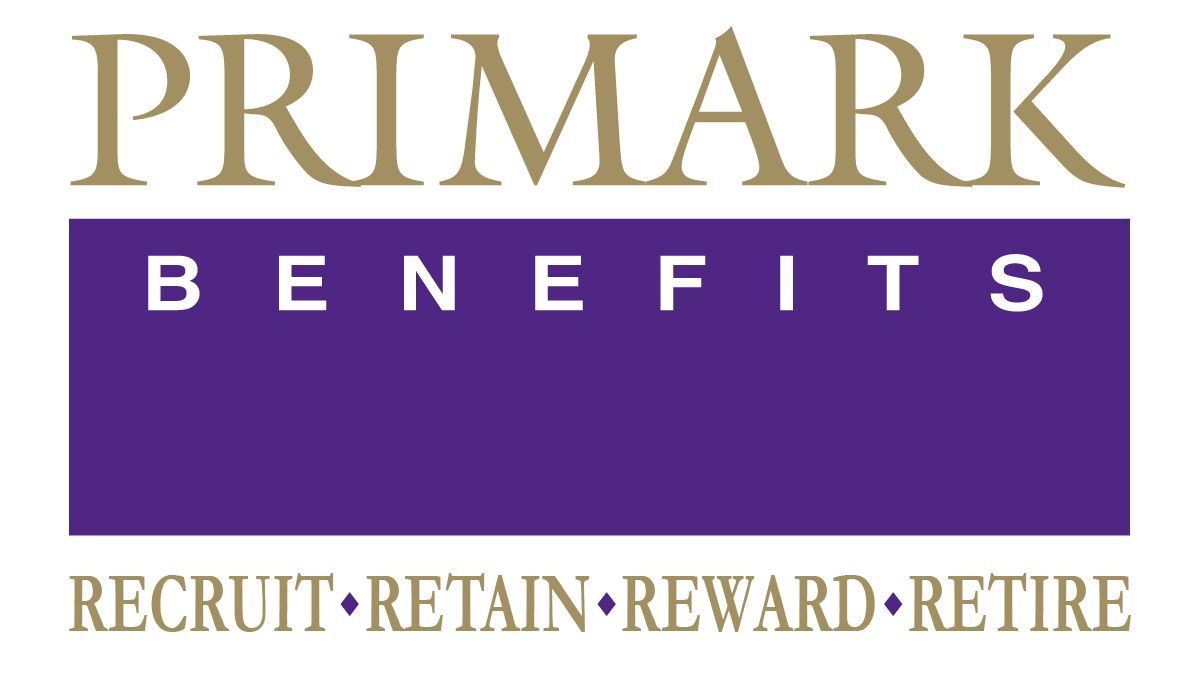What the Heck Is a Third-Party Administrator (TPA)? And Why Should I Use One?
Part I: A Brief History of TPAs
When discussing retirement plans and pensions, many people immediately think of public sector entities and large corporations and the financial institutions that support them, such as banks, brokers, and investment firms. These entities tend to appear as the visible “faces” of retirement savings: managing assets, issuing account statements, even airing commercials touting their investment expertise. But what many folks don’t realize is that there's another key player behind the scenes: an entity called a Third-Party Administrator, or TPA.
In today’s post, we explore the history of the Third-Party Administrator, beginning with the rise of retirement plans in the U.S.

The Origins of Retirement Plans
Following the lead of some public sector entities, in 1875 The American Express Company established the first private pension plan in the United States. In 1899, there were 13 private pension plans in the entire country; by 1919, twenty years later, that number had multiplied 25-fold, to more than 300 private pensions. This reflected the trend of employers offering various incentives to attract and retain quality employees.
Insurance companies and banks played a major role in administering these plans, often entering into contracts directly with employers to provide benefits and manage funding. At that time, these were relatively straightforward arrangements, with two primary parties: the employer, who sponsored the plan, and the financial institution, which provided the product and handled the funds. But as the retirement plan landscape evolved—especially after the passage of laws like ERISA in 1974—things got more complicated.
The Emergence of the TPA
The TPA’s role emerged out of necessity. As regulatory and operational demands increased, it became clear that the two-party system wasn’t enough. Retirement plans and their ongoing management required far more than just an insurance policy or investment account—they needed plan design support, ongoing administration, compliance testing, and employee communications. This gave rise to a specialized entity, the Third-Party Administrator.
With increasing legal requirements, such as annual nondiscrimination testing, contribution limits, Form 5500 filings, and distribution rules, employers needed a partner who understood the intricacies of plan compliance and could keep their plans in good standing. TPAs filled this gap—not only performing essential back-office functions but also serving as consultants, problem-solvers, and strategic advisors.
The Shift from Insurance Companies to Investment Firms
While insurance companies and banks dominated the retirement plan landscape in the early days, beginning in the 1970s and 1980s the focus began to shift. As 401(k) plans surged in popularity, the industry saw a wave of new entrants—investment management firms and mutual fund companies—eager to expand their reach into employer-sponsored plans.
For these firms, the primary driver was assets under management (AUM). The more money they could gather into retirement accounts, the more fees they could collect. Plan administration became a secondary consideration, often treated as a bundled add-on to investment services rather than a dedicated discipline.
This asset-centric approach brought efficiency at scale but also introduced a misalignment. When the focus is on growing AUM rather than optimizing the employer's plan or ensuring employee satisfaction, service and strategic insight often take a back seat.
The Evolving Role of the TPA
In recent years, the role of the TPA has continued to evolve, with growing recognition from key players in the retirement industry, such as brokers, advisors and, particularly, recordkeepers. Recordkeepers are the large firms that focus on account administration, including investment platform access and participant portals. They are increasingly partnering closely with TPAs, building dedicated TPA support teams and offering “open architecture” systems to facilitate better collaboration. Many have gone so far as to recommend or require a TPA for their clients, acknowledging the fact that they themselves are not equipped to navigate the regulatory, design, and compliance aspects of plan administration alone.
A 2023 survey found that nearly 80% of recordkeepers report an active collaboration with TPAs as a key part of their business model, citing better plan outcomes, improved advisor engagement, and more efficient compliance oversight as the top benefits of partnering.1 TPAs are now seen not just as compliance experts, but as strategic partners who help employers navigate plan design, meet fiduciary responsibilities, manage risk, and respond to ever-changing legislation. A strong TPA relationship enhances plan accuracy, reduces fiduciary risk, and improves client satisfaction.
In our next post, we’ll be discussing the downsides of Asset-Driven Pension Administration, the importance of personalized service, and more.




